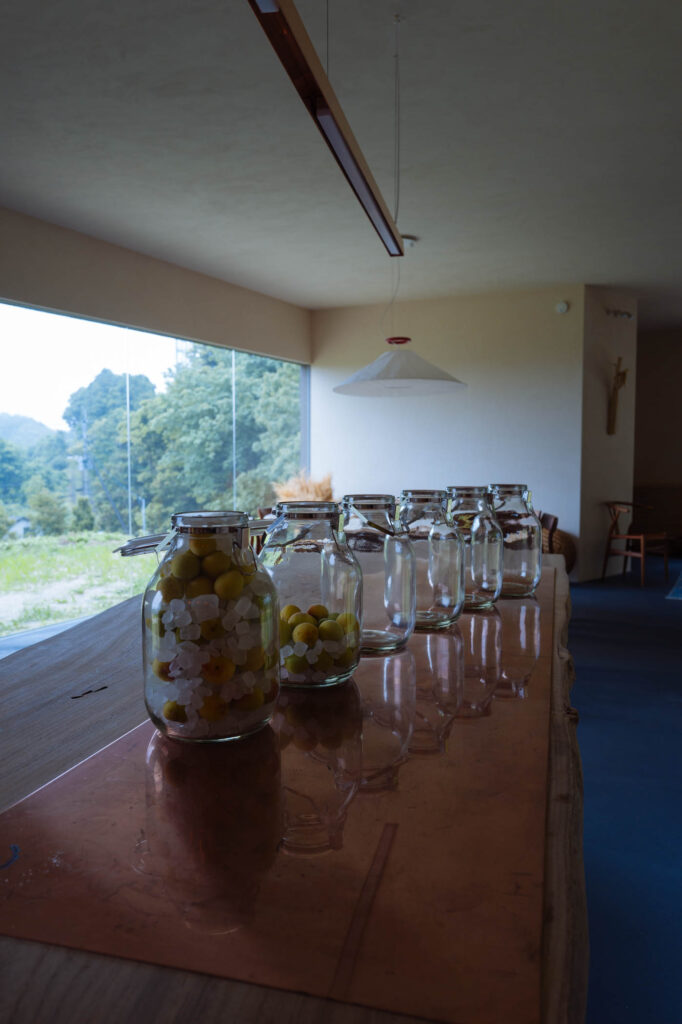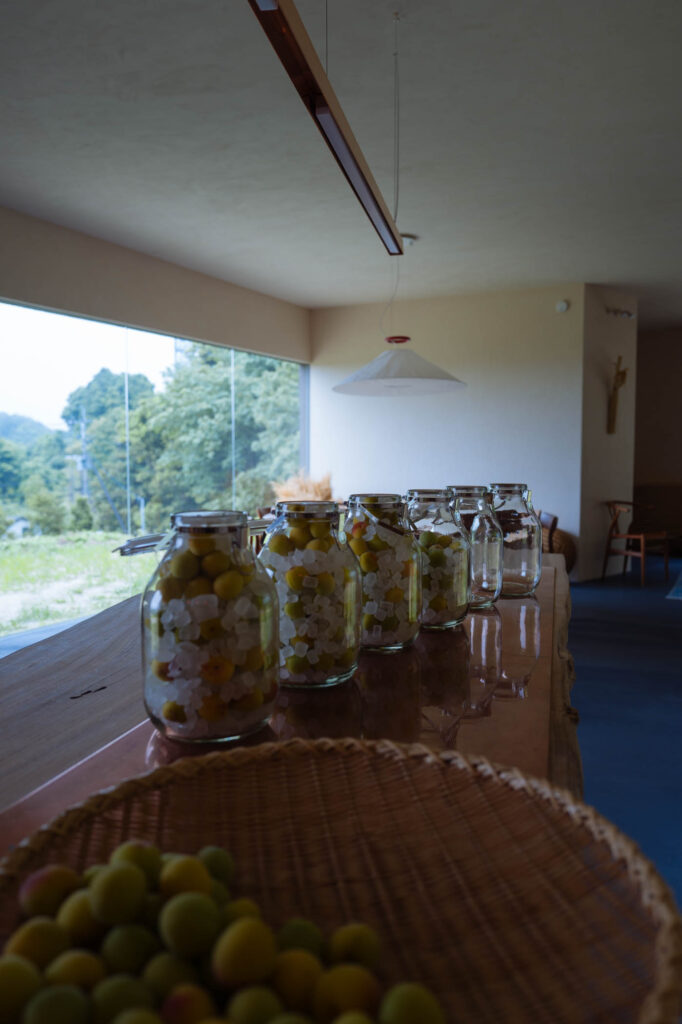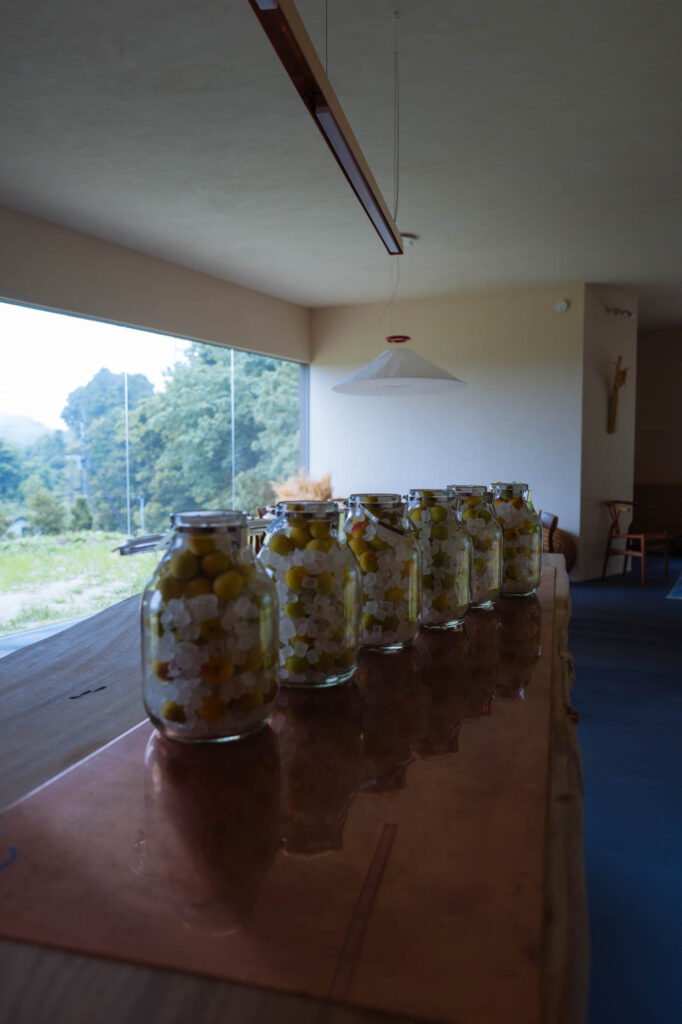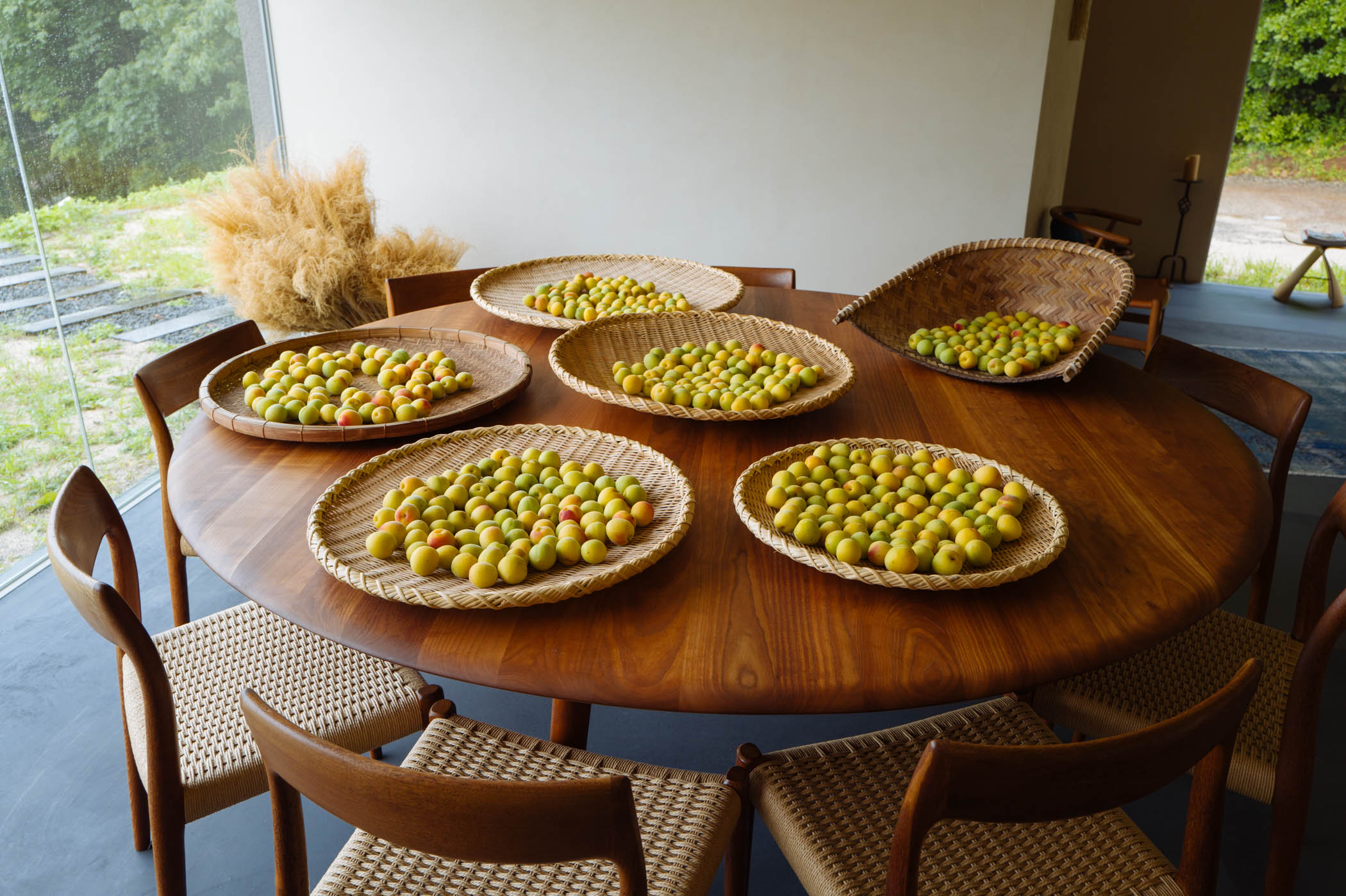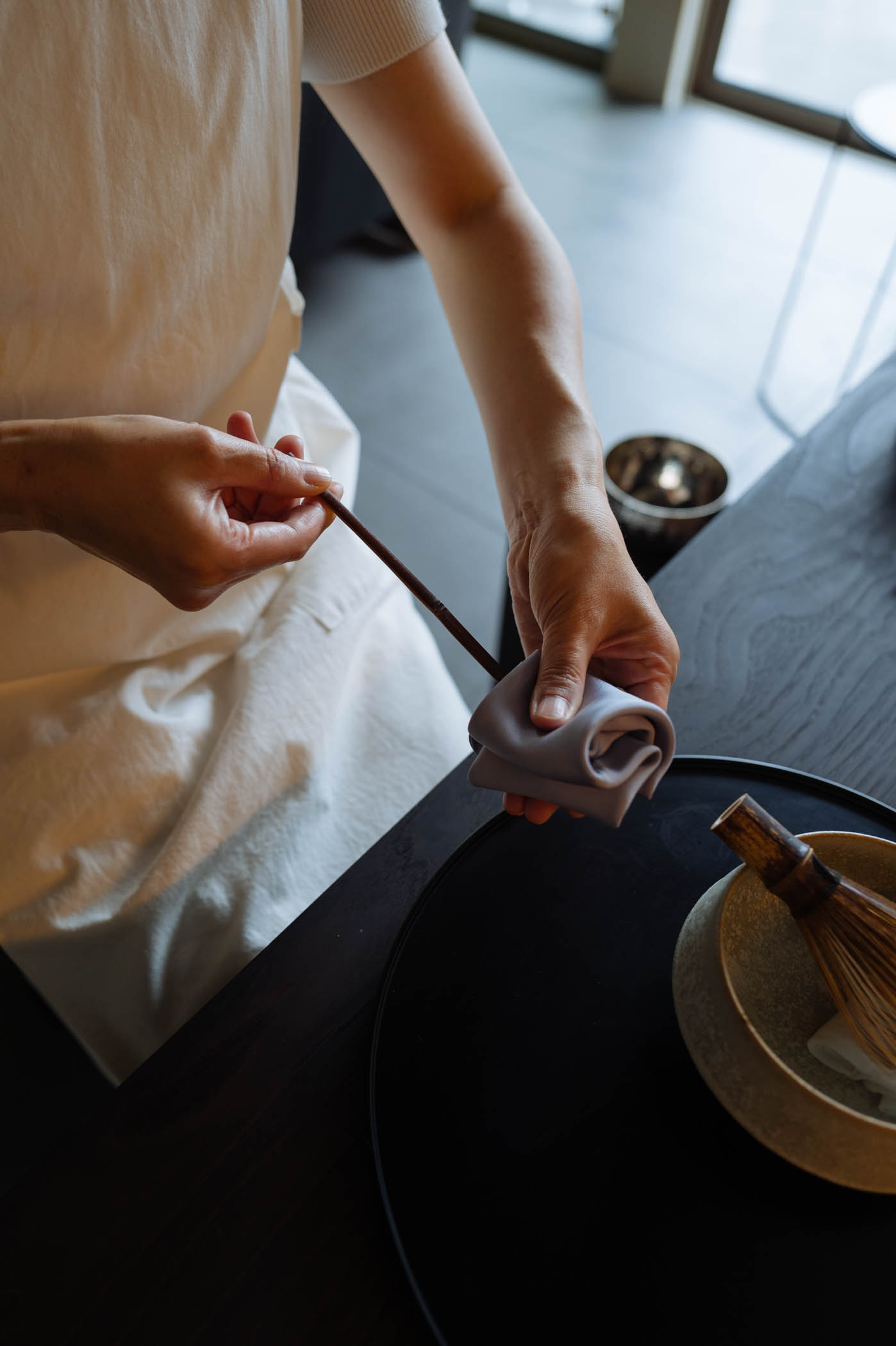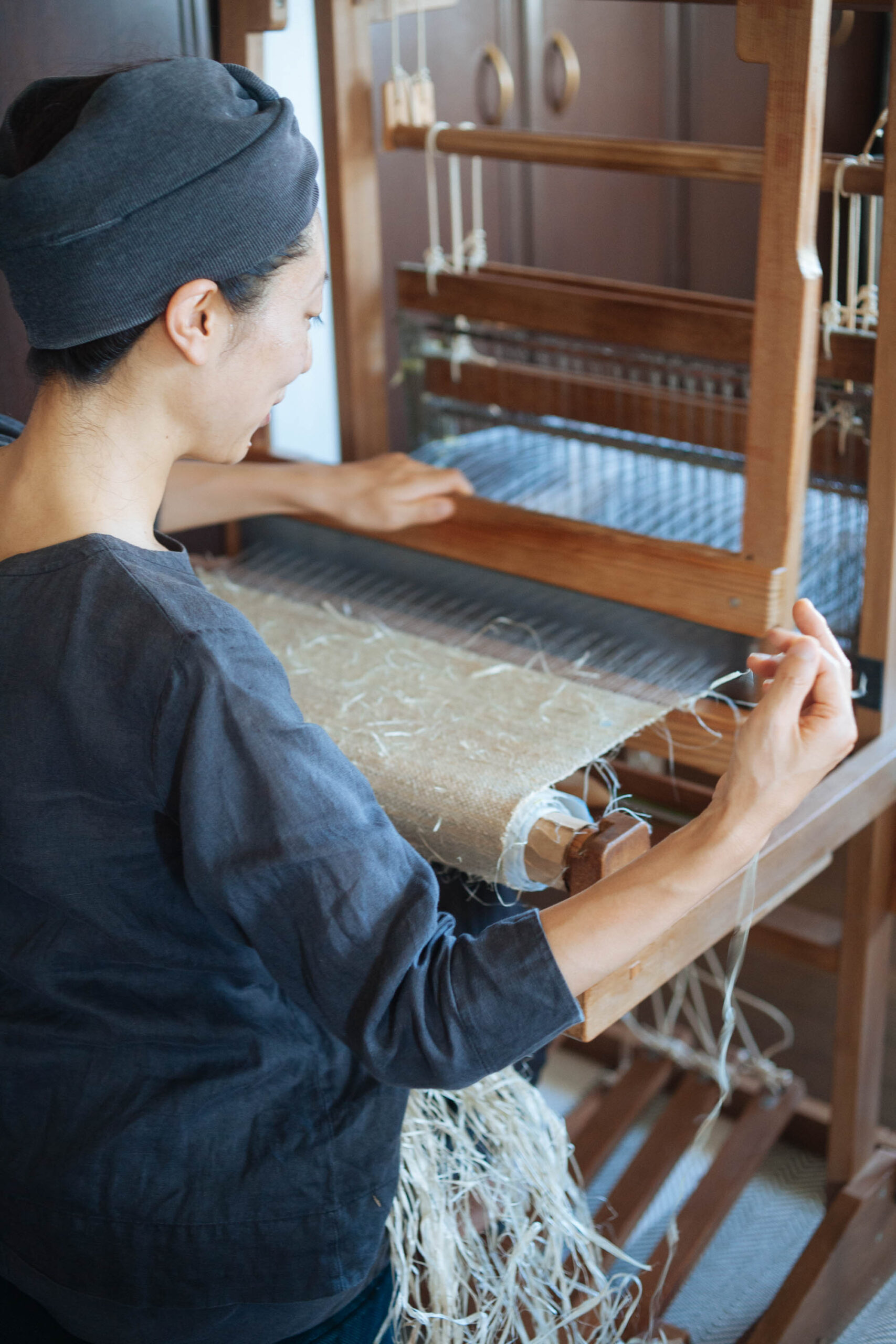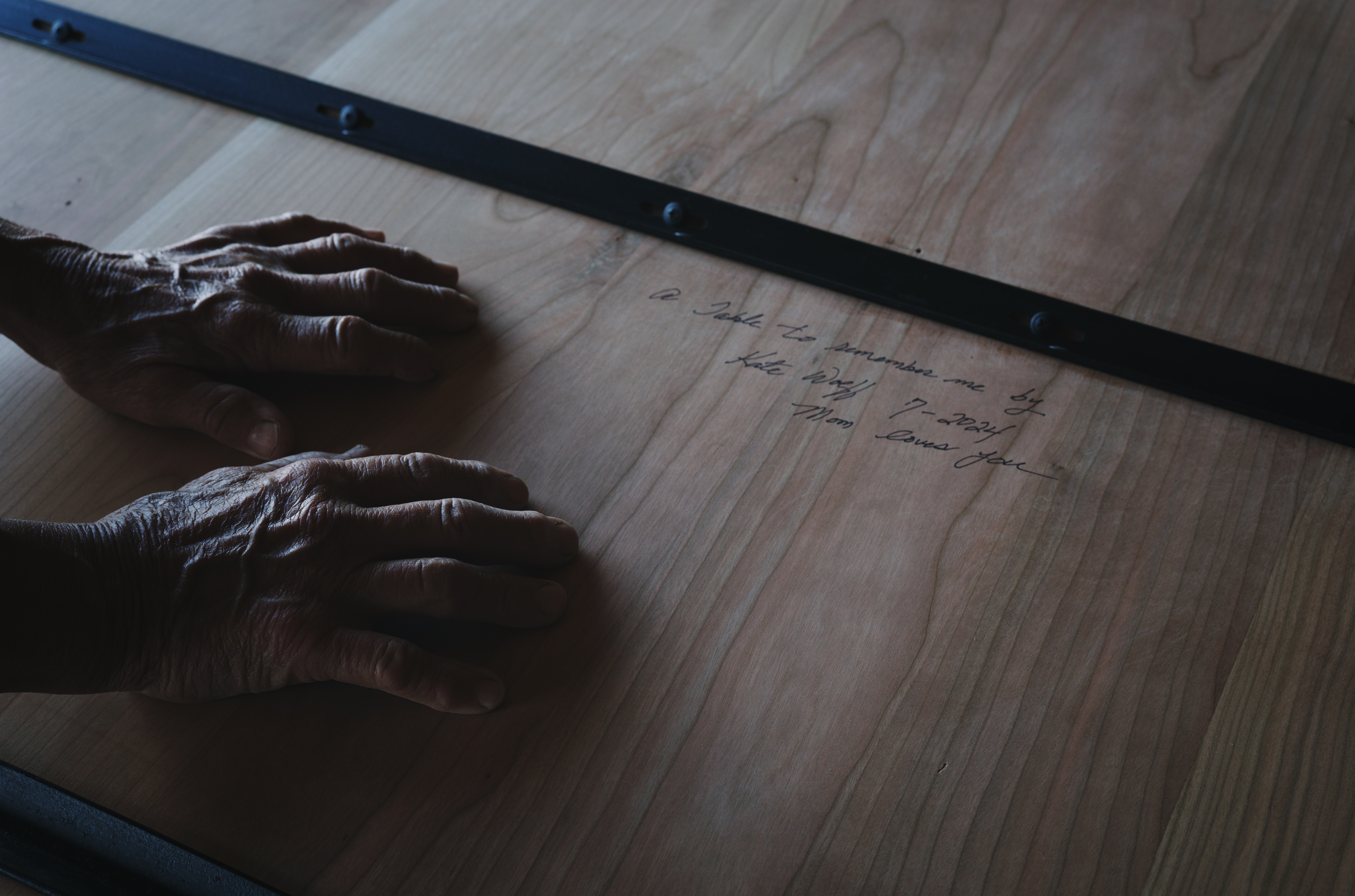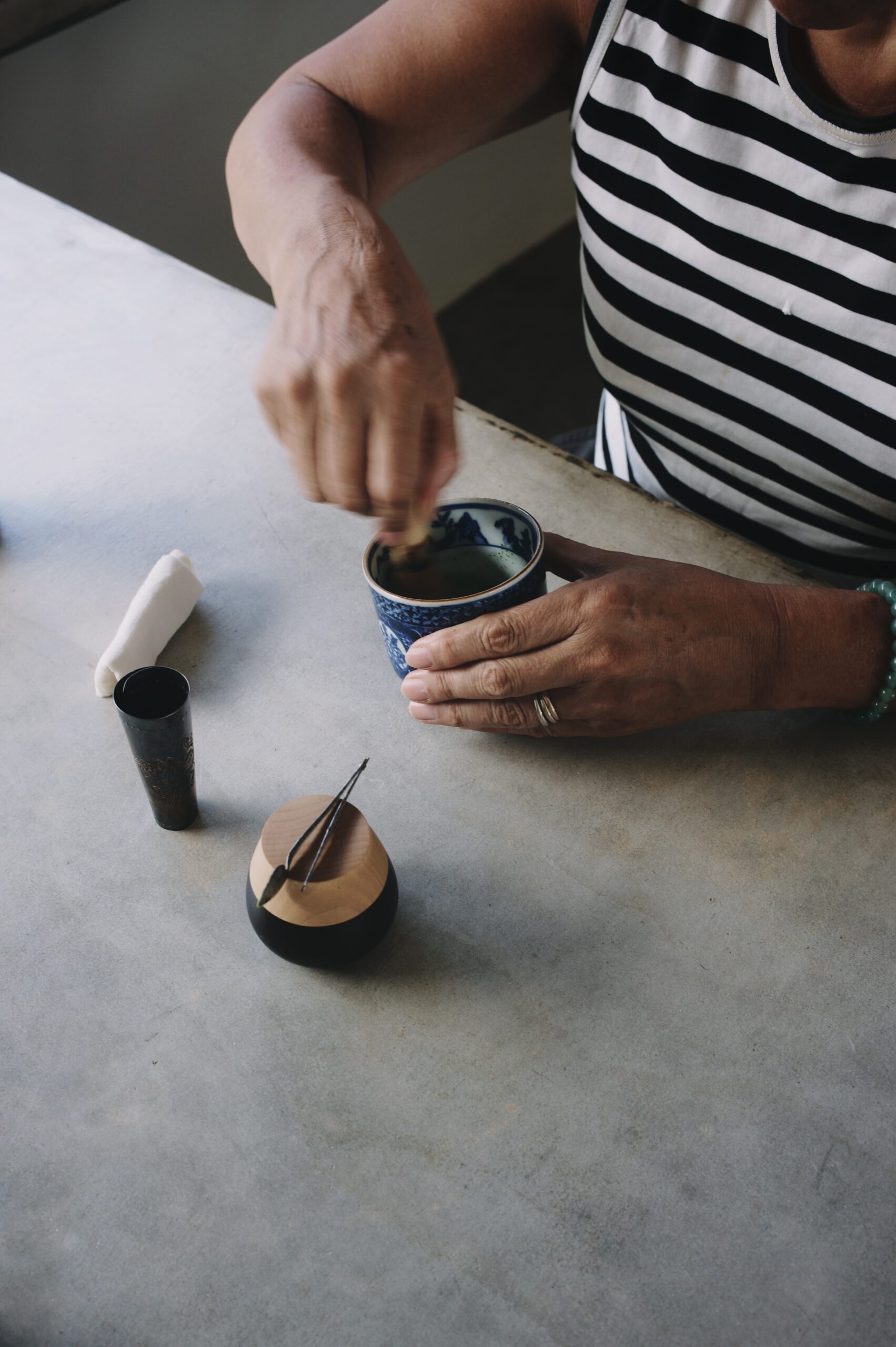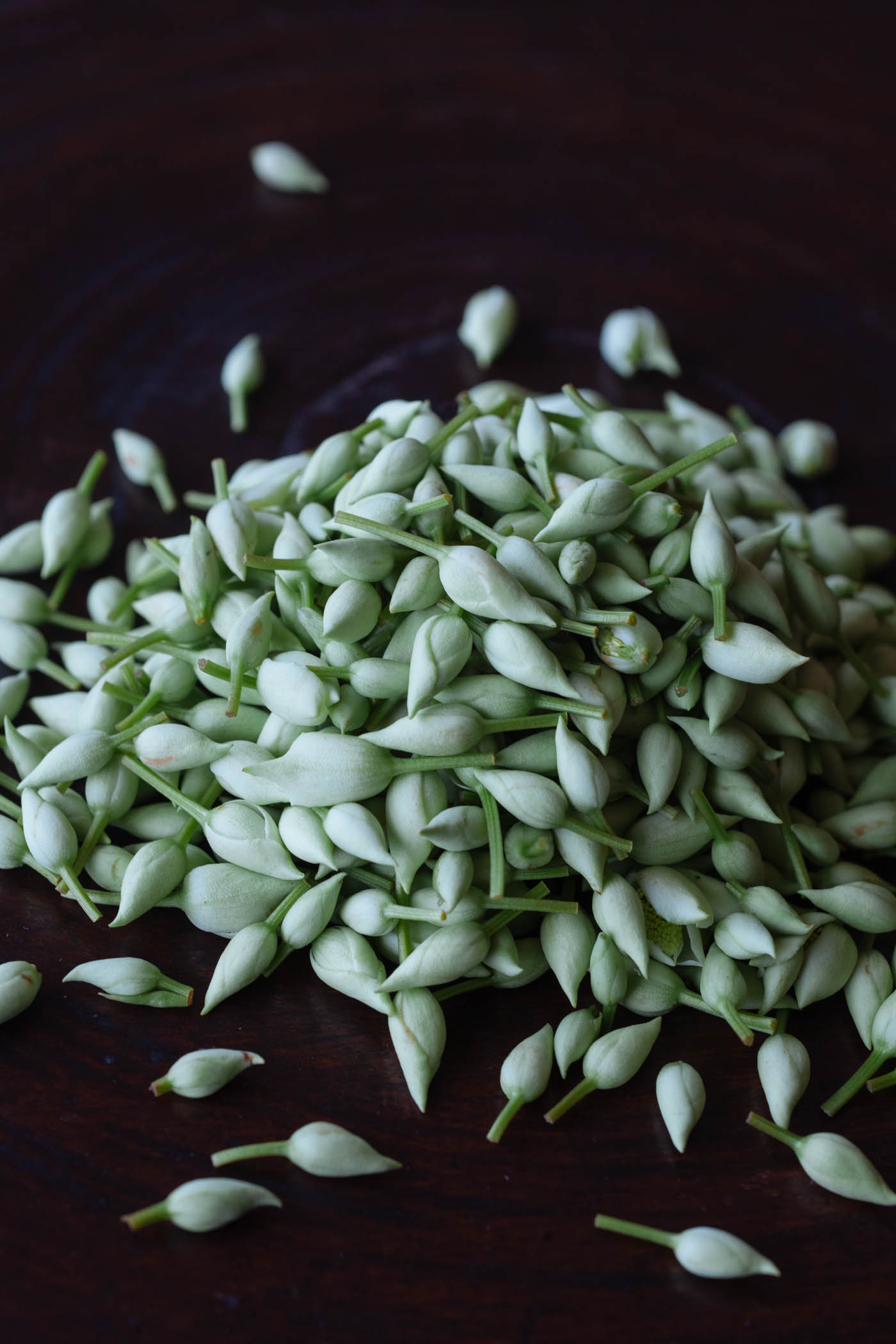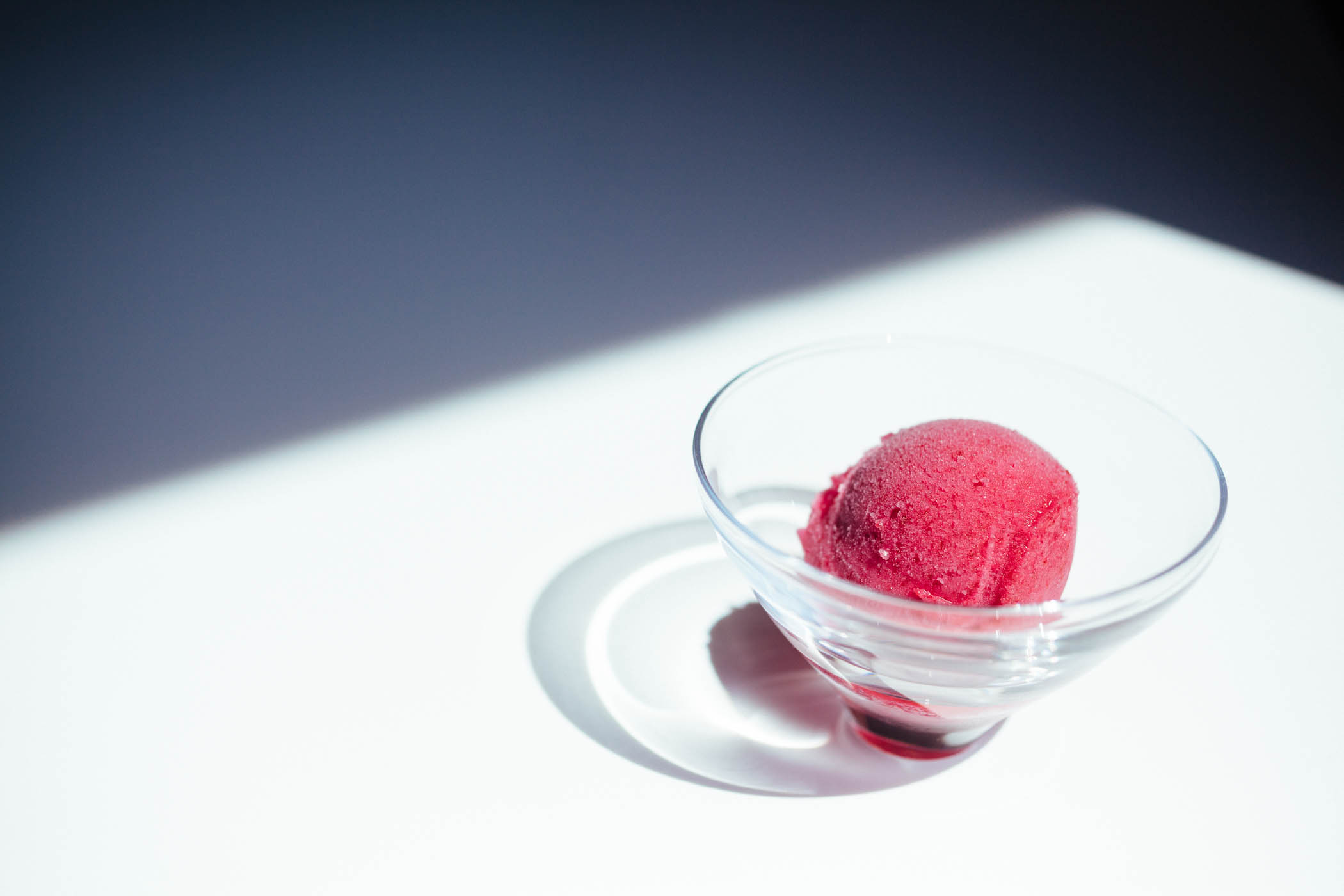June arrives soft and swollen with rain.
The tsuyu season — plum rains — breaks open with claps of thunder and settles into a steady thrum. The air thickens with mist. The landscape softens and swells, glowing green. The air hangs heavy with the scent of something ancient.
And in this damp, glowing stillness, I begin the plum work.
I rinse the fruit — green with a soft blush of yellow. I pull the stems gently, one by one, and spread the ume in bamboo baskets to dry. Then comes the layering — fruit, rock sugar, fruit, rock sugar — building a slow alchemy in tall glass jars. Within days, the juice begins to weep from the flesh, drawn out and transformed into syrup. The ume rise, suspended in a quiet grace.
This is old work. Soul work. The kind of ritual that connects hands across time. My mother-in-law, Kuniko, taught me the ways of the kitchen and the rhythms of this land, and my hands move as she taught them to — swift but gentle, with the grace that transforms labor into love. In her movements, I saw the quiet confidence of tradition — not fixed, but alive, season after season.
There is no rush, no glory, just a quiet devotion to season and cycle.
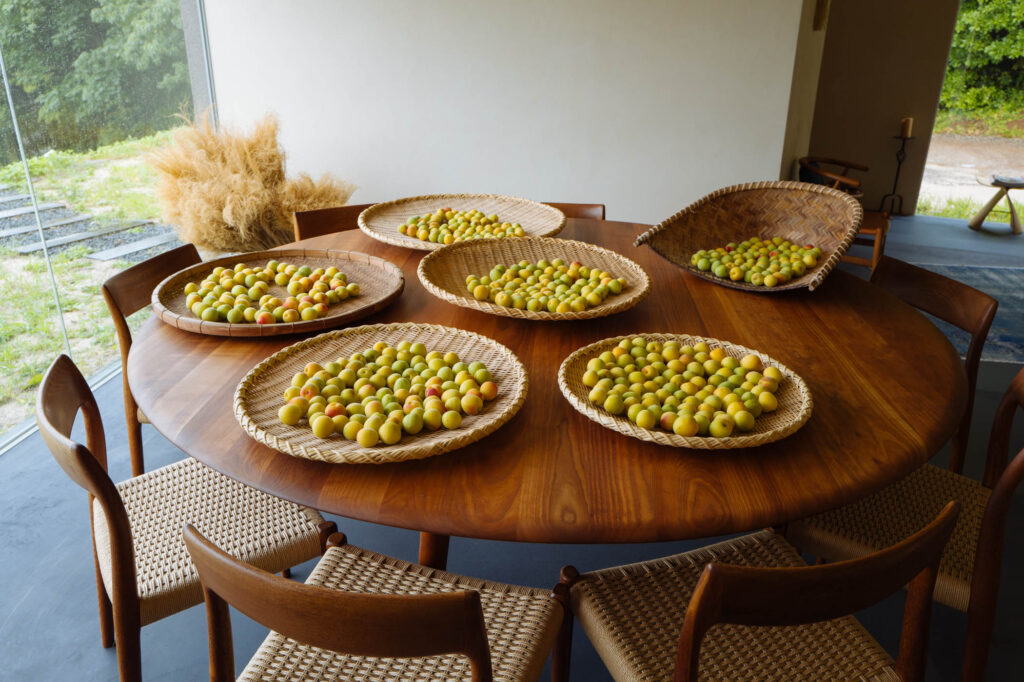
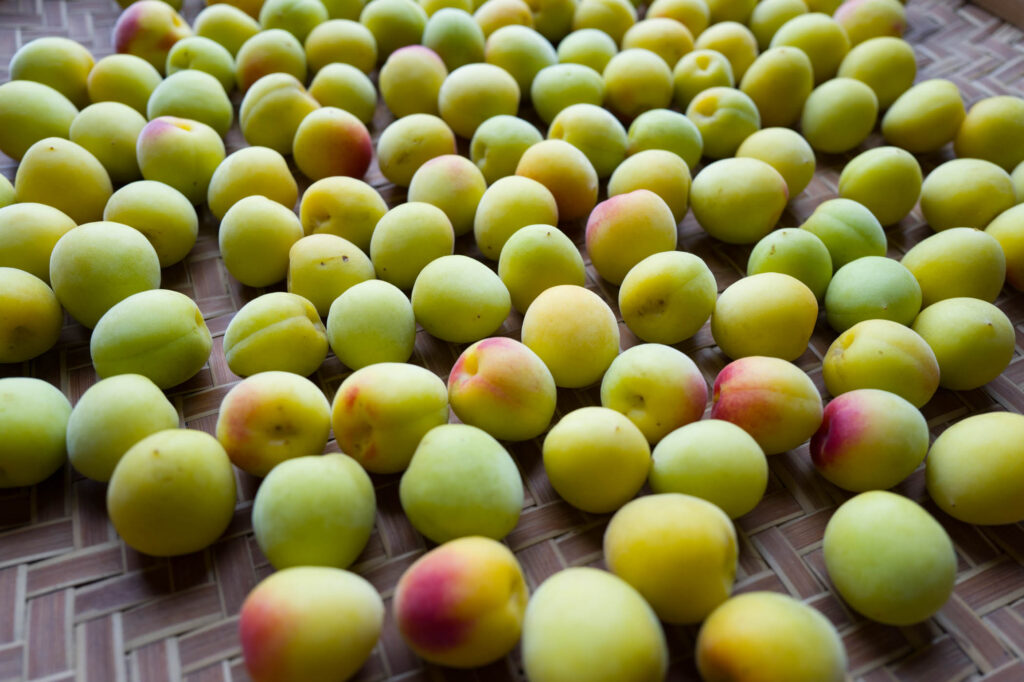
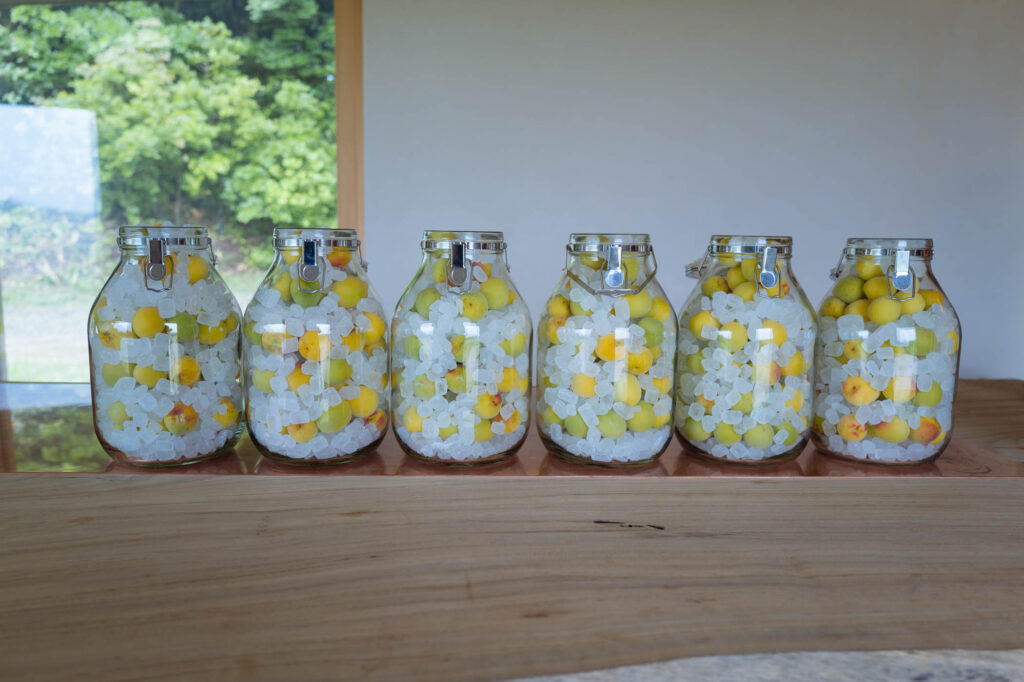
Here in Mirukashi, ume is more than a fruit. It’s a symbol. A flavor that threads its way through the year, anchoring memory and place.
From these plums I make syrup and liqueur, pickles and jam. Each a small ceremony. A spoonful of syrup stirred into sparkling water is summer in a glass. A splash of umeshu turns a drink into a moment. A sliver of pickled plum enlivens dressings and sauces, a dollop of jam sweetens, deepens.
The first tree I planted beside the salon was ume. It leans wide at the corner of the building, blooming in the final cold of winter and bearing fruit in the humid hush of June. It’s both beginning and culmination — a quiet companion to the rhythm of this life.
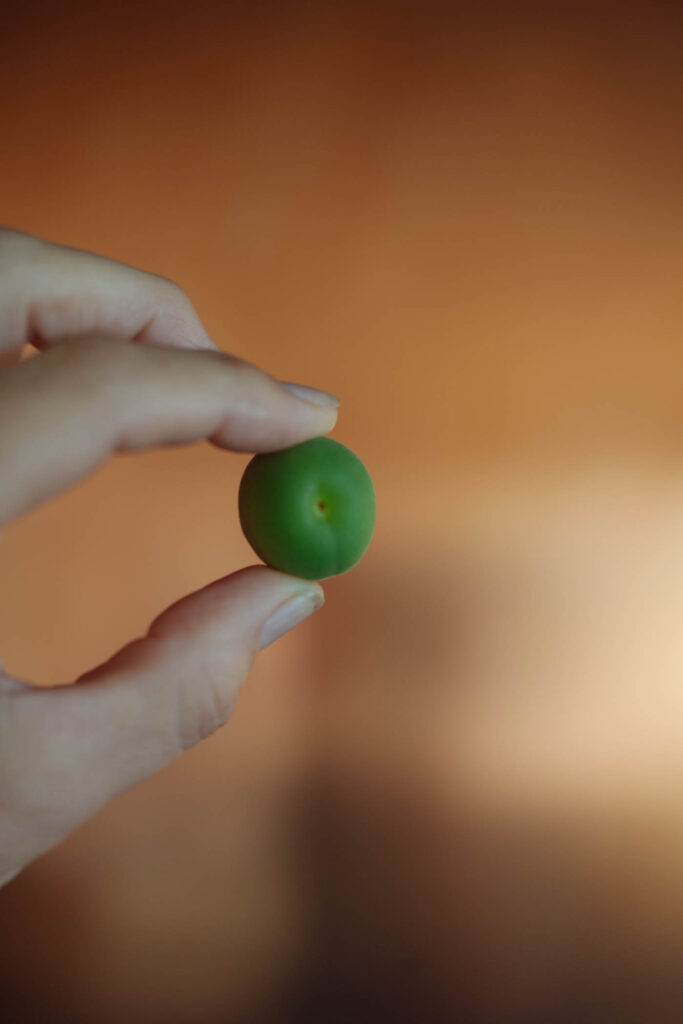
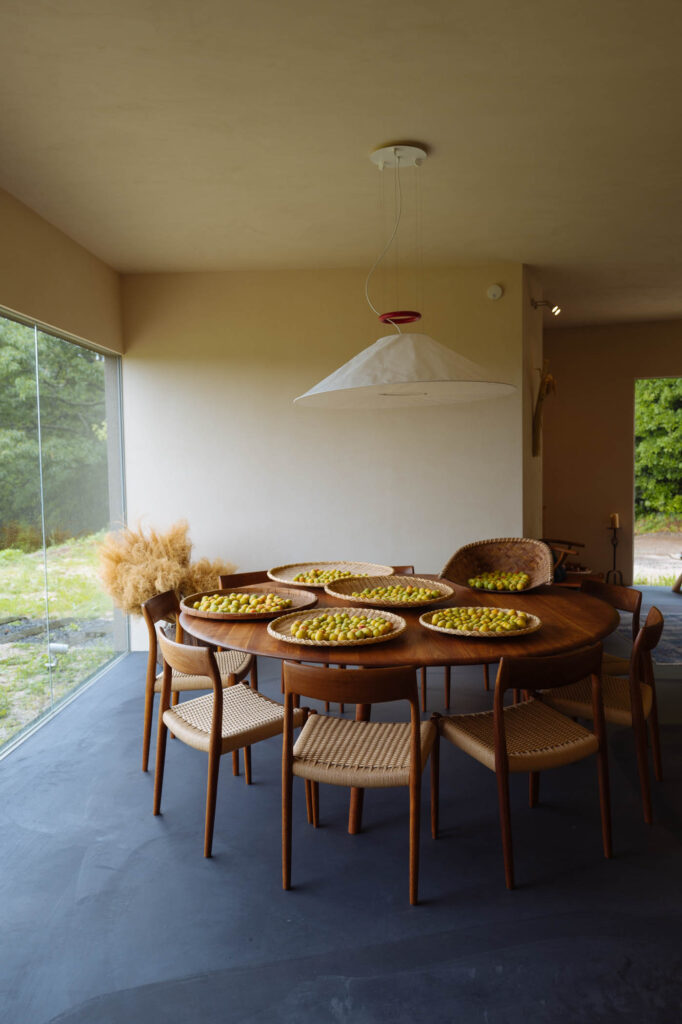
And when the jars are full and the pantry dark, I tuck these flavors into gift boxes. A gesture for my guests. A way to take Mirukashi with them — not in theory, but on the tongue.
This kind of work doesn’t ask for speed. It asks for presence.
A willingness to tend what is unseen. To trust that change happens slowly, and that care leaves a trace.
In turning the jars each day, I turn toward something in myself — something that longs for rhythm, for rootedness, for the grace of doing one beautiful thing because the season asks it of me.
A quiet act, a sensual meditation.
Proof that beauty doesn’t need permission.
It just needs someone to notice.
